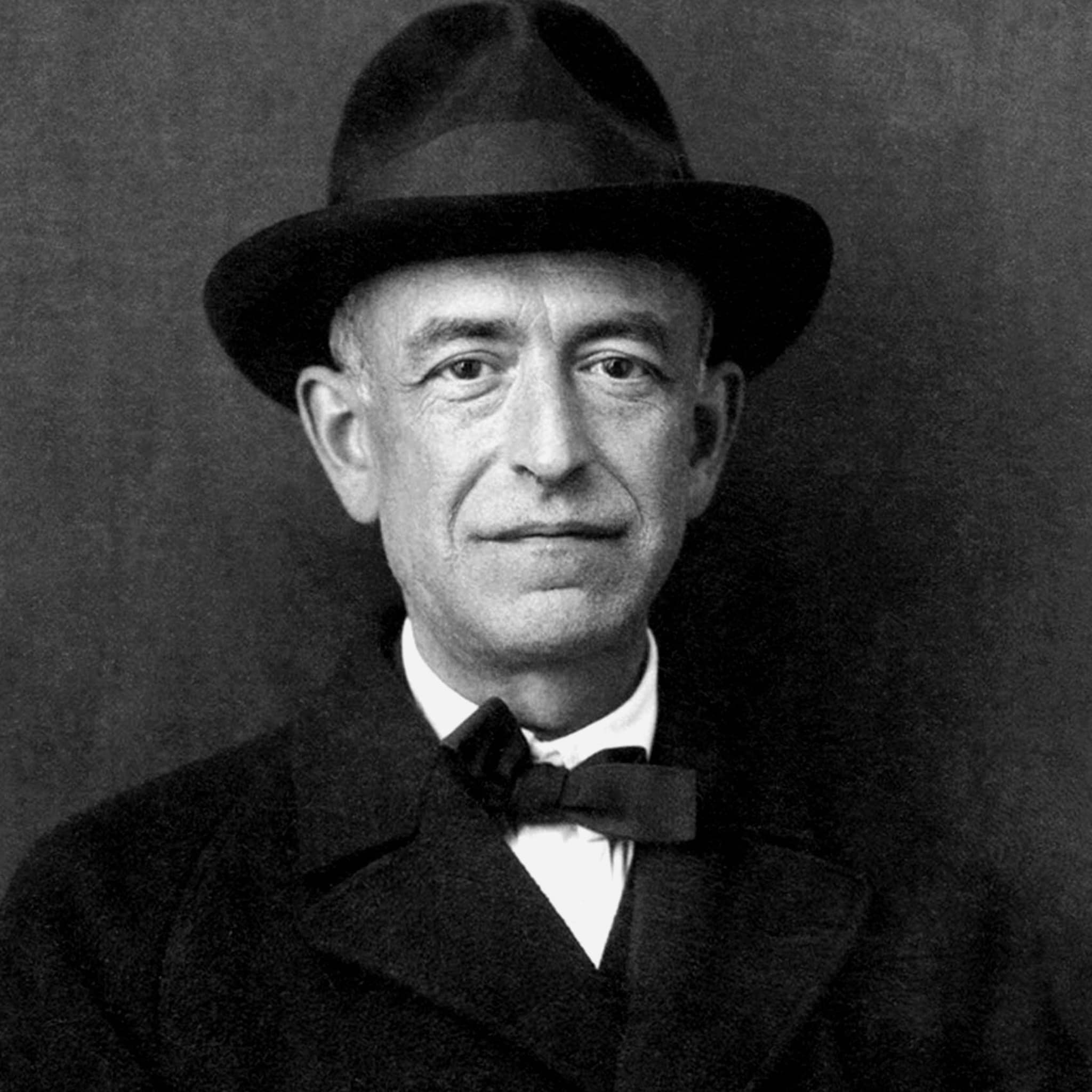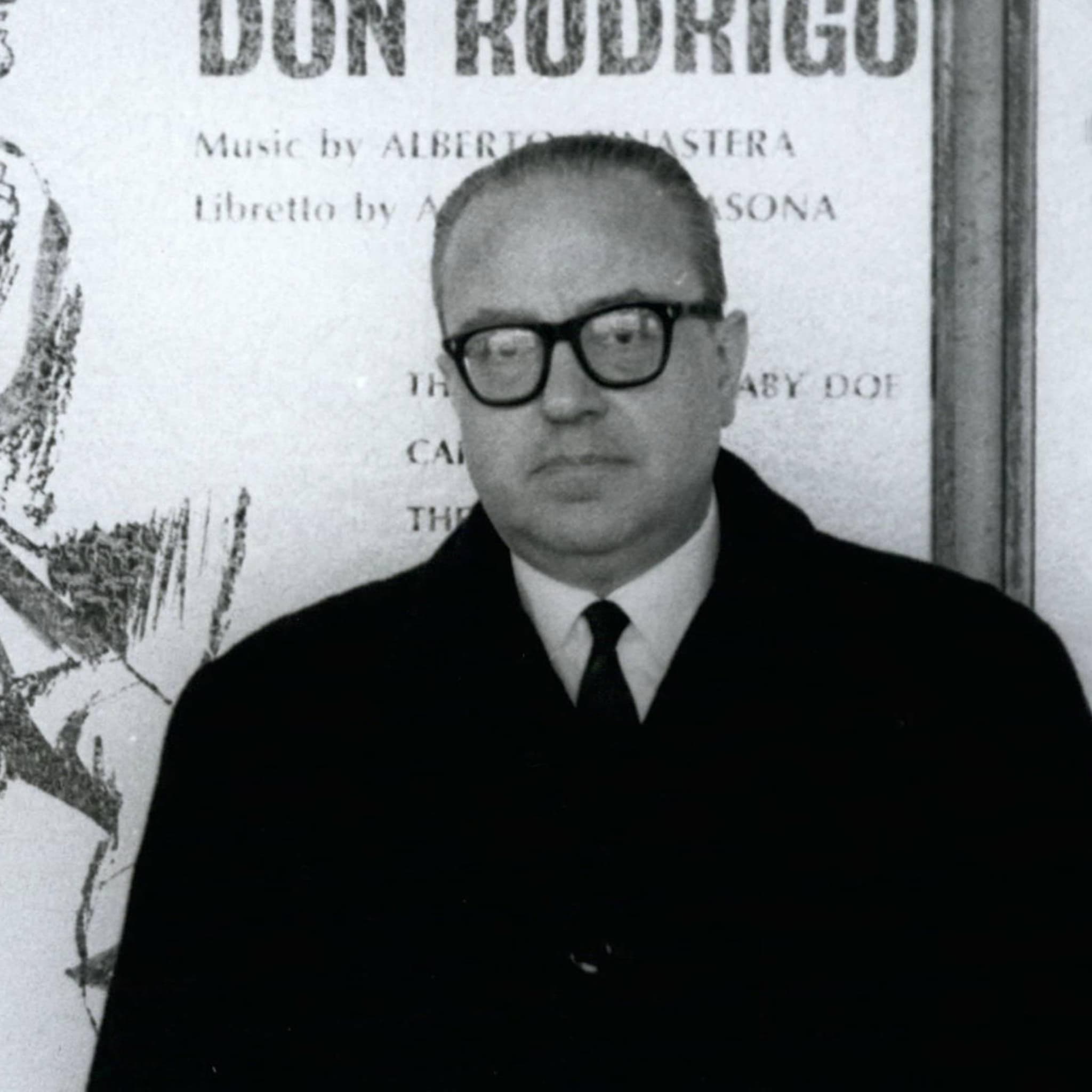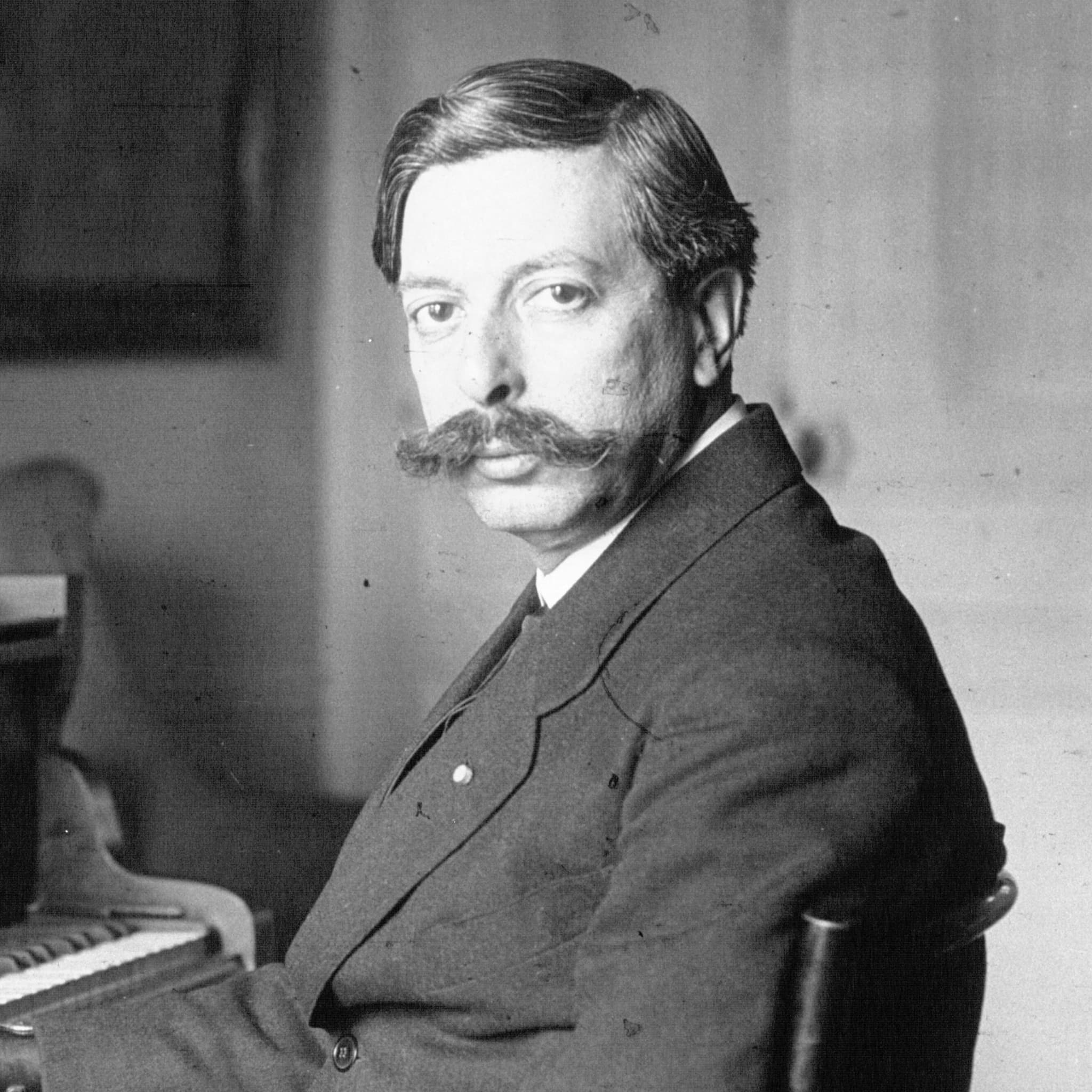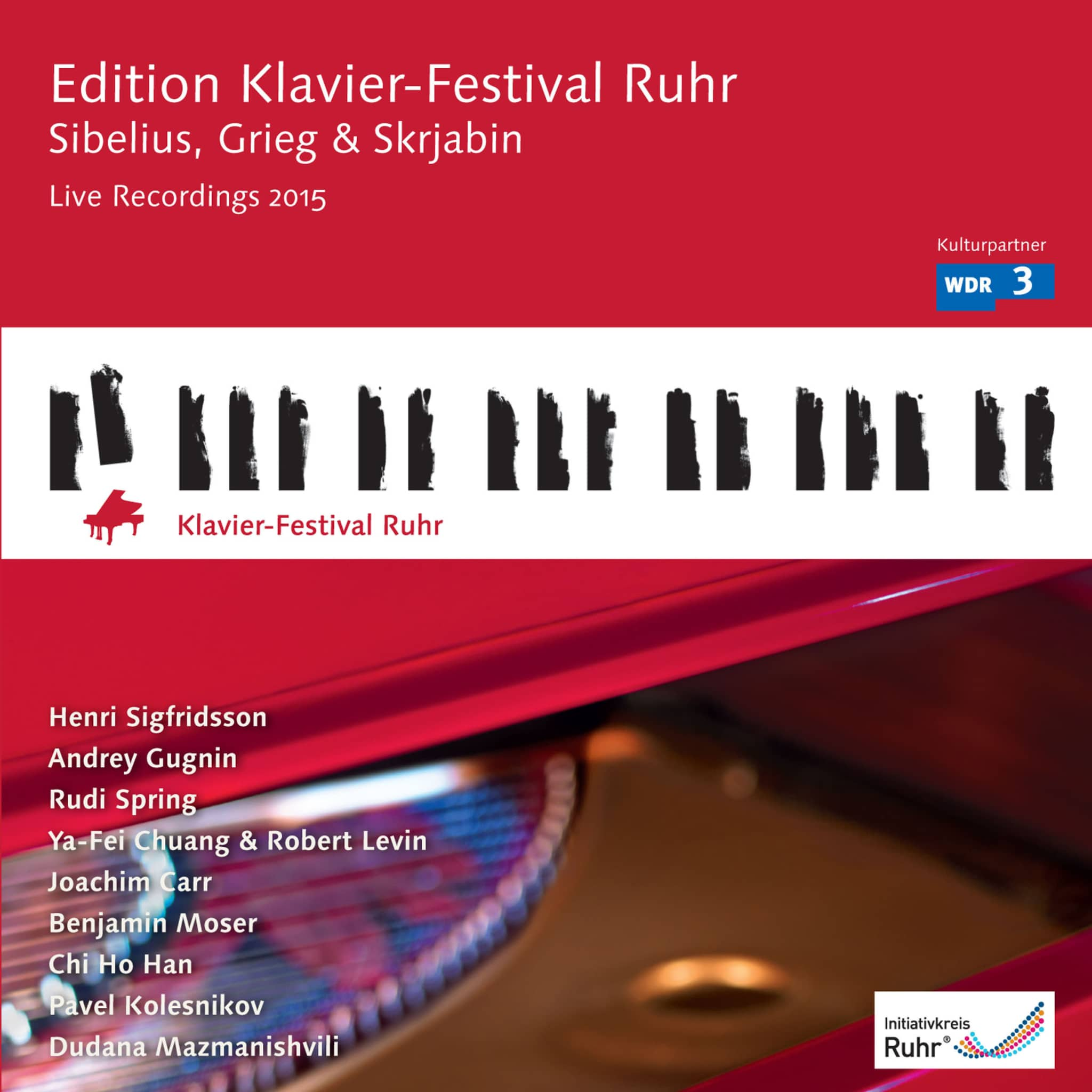Album insights
In the 20th-century English music history, the figure of composer Herbert Howells (1892–1983) remains somewhat enigmatic. Born in the Forest of Dean as the youngest of eight children to a bankrupt craftsman, his musical talent, discovered and nurtured by local gentry, proved to be genius. Trained by a cathedral organist and awarded a scholarship at the Royal College of Music in London to study under Parry, Stanford, and Wood, Howells initially showed promise as a composer of chamber music, orchestral works, and songs. Despite early admiration for his skill and high expectations, his later years saw a shift towards teaching rather than prolific creative output.
Today, Howells is more closely associated with his post-World War II corpus of religious works rather than his earlier instrumental and orchestral compositions. Various factors influenced this transition, including sensitivity to criticism, reluctance to promote his own music, personal tragedies such as the death of his son, financial concerns, and limited time due to professional commitments. Nevertheless, despite these challenges, Howells redirected his creativity towards church music, ultimately becoming renowned for his exceptional contributions in this domain.
Recognized for his unique voice in church music, Howells' compositions offer a profound spiritual depth transcending mere words or rational thoughts, drawing inspiration from sources like the Book of Common Prayer and the King James Bible. His music conveys a sense of mystical experience and beauty, elevating worshippers and listeners alike, whether believers or not. While Howells did not establish a formal school of composition, his distinctive contributions cannot be overlooked by the church and the music world.
Among Howells' notable works is the Jubilate Deo, written in 1967 for the Chapel Royal at the Tower of London, embodying a song of unbridled joy. Another significant creation, Thee will I love, commemorates a tragic event at Peterborough Cathedral, expressing reverence and possibly horror through intricate harmonies and melodic repetitions. Additionally, the Winchester Service, completed in 1967, reflects Howells' longstanding connection to cathedral traditions, blending ancient elements with his unique chromatic complexity.
Howells' compositions, such as the Rhapsodies for Organ and various a cappella motets, exhibit his advanced harmonic language and forward-moving musical impulse. The blend of complexity and vitality in his later works, like these pieces, showcases Howells' profound musical legacy, inviting listeners into realms of deep emotion and spiritual reflection. By embracing diverse influences and innovative techniques, Howells left an indelible mark on the realm of classical music.
Writer: Viola Scheffel













